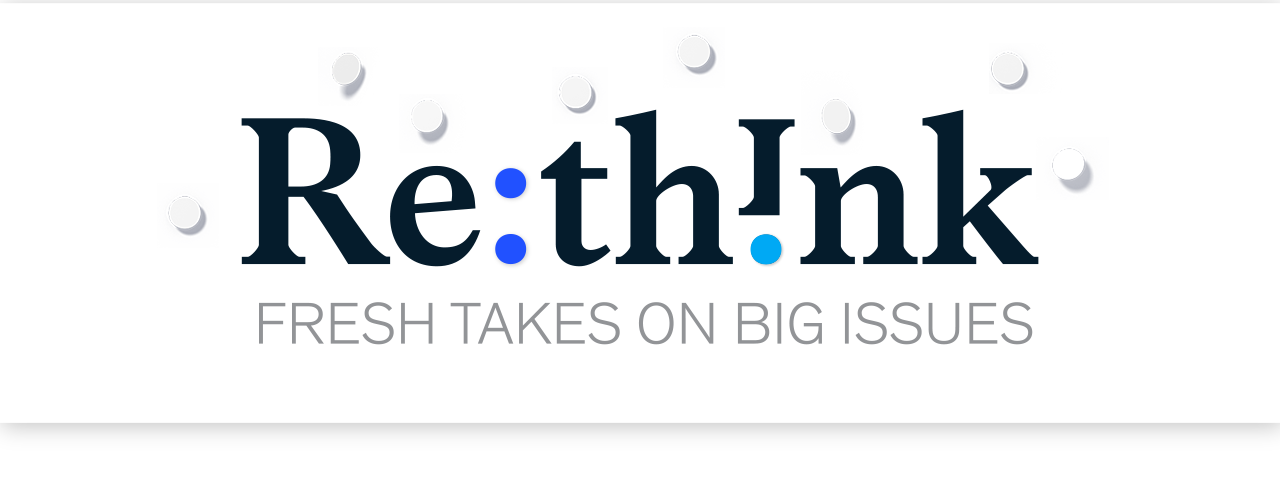 | |
| | |
ON EXPERIENCE-LED GROWTH
Focusing on existing customers to unlock growth
| | | | | | | | | | | | Many established companies grappling with competition focus on new customer acquisition to drive growth. But, in fact, focusing on existing customers can better optimize the current business and lay the foundation for future growth.
Experience-led growth, a strategy anchored around the goal of creating great customer satisfaction, also leads to better employee satisfaction and performance. Why?
There are several reasons: if companies focus on customers and their experiences, they make them happier, and because customer journeys go across various silos in organizations, employees can collaborate more and employee satisfaction increases as a result. Higher customer satisfaction and employee performance translates into better financial results and unlocks growth. To make up for the loss of one existing customer, companies have to acquire three new customers. And 80 percent of the value creation achieved by successful growth companies comes from their core business—namely, generating new revenue from existing customers.
Creating a harmonized, seamless customer journey for existing customers can cost significantly less than acquiring new customers. Customers who are more satisfied typically have fewer questions and therefore cost less to maintain, and the likelihood of retaining satisfied customers is 20 to 30 percent higher than if customers are less satisfied. Our research shows that over time, leaders who focus on customer experience achieve not only higher shareholder returns but also up to two times higher revenue growth than those whose customers are not as happy.
This is more critical now than ever because incumbent companies are increasingly reaching a saturation phase. Growth is really slowing down for some, so doubling down on customer orientation can be a great source of finding adjacent areas to grow into. Also, with competition and new solutions being generated from start-ups at a fast pace, it’s important for incumbents to rethink their business models. Focusing more on existing customers is one way to unlock untapped potential.
| | | | | “To make up for the loss of one existing customer, companies have to acquire three new customers.” | | | | | One experience-led growth tactic that is working really well these days is for companies to set up a win room that brings together all the important departments in an organization to drive customer acquisition, retention, and operational excellence. With clients in energy, insurance, telecom, and more, we have been successful in establishing experience-led growth as a theme, creating complete transparency between different groups and a better shared understanding of the metrics that drive retention, cross-selling, and growth because they’re in a win room together.
At one energy company in Europe, there were eight or nine floors with roughly 100 people responsible for different parts of the customer acquisition journey all scattered around in a building. We put them all together on one floor. When employees would walk onto this floor each day, they would look up and see numbers with the sales targets of the day, week, month, and year. They could see how they were performing as a complete team. With that information, the analytics team, the marketing team, and the digital team were able to overachieve their sales targets. This led to 20 to 30 percent greater growth beyond their already high ambitions. Financial performance, customer satisfaction, and employee satisfaction measurements over two years showed that all of them were up. It demonstrates what can be achieved with pragmatic approaches across all sectors and industries.
Another important element for successful experience-led growth is ambitious company leadership. It starts in the executive suite, where an engaged CEO can lead everyone to join forces. It’s not just the sales guy delivering the sales numbers; operations plays an important role too. Depending on the company structure, other lines of business need to be brought in as well. Having alignment in top management about how to activate a customer-led approach is absolutely crucial.
The final critical part of effective customer-centric growth is measurement. It’s not only important to measure customer satisfaction or the net promoter score (a metric for customer success) but to prioritize customer journeys. Then you can get to a place where you can predict customer satisfaction through analytics, by anticipating which segments will delight which customers and help retain them, or encourage them to buy more.
Most important, leaders need to be open in their organizations about their transformational journeys. Invite employees in, help them to overcome their mindset blockers, and encourage them to learn new skills. Don’t just say, “Be more customer oriented.” Identify skill gaps and encourage employees to tackle experience-led growth as part of their career development. There’s a strong positive company cultural dimension in bringing people together around their most important asset, the customer.
| | |
| | | | | | | | Robin Riedel on the future of drone delivery | | | Delivery by drone has been touted as the next big thing, but it seems to be always on the cusp of a breakthrough. Today, start-ups, big retailers, and others are garnering investment, working through issues with regulators, and gaining more customer acceptance. Widespread drone delivery may be just around the corner.
| | |
| | | |
|
This email contains information about McKinsey’s research, insights, services, or events. By opening our emails or clicking on links, you agree to our use of cookies and web tracking technology. For more information on how we use and protect your information, please review our privacy policy. |
|
You received this email because you subscribed to our McKinsey Quarterly alert list. |
|
|
Copyright © 2023 | McKinsey & Company, 3 World Trade Center, 175 Greenwich Street, New York, NY 10007 |
|
|
|
|





